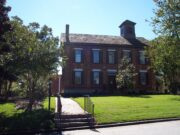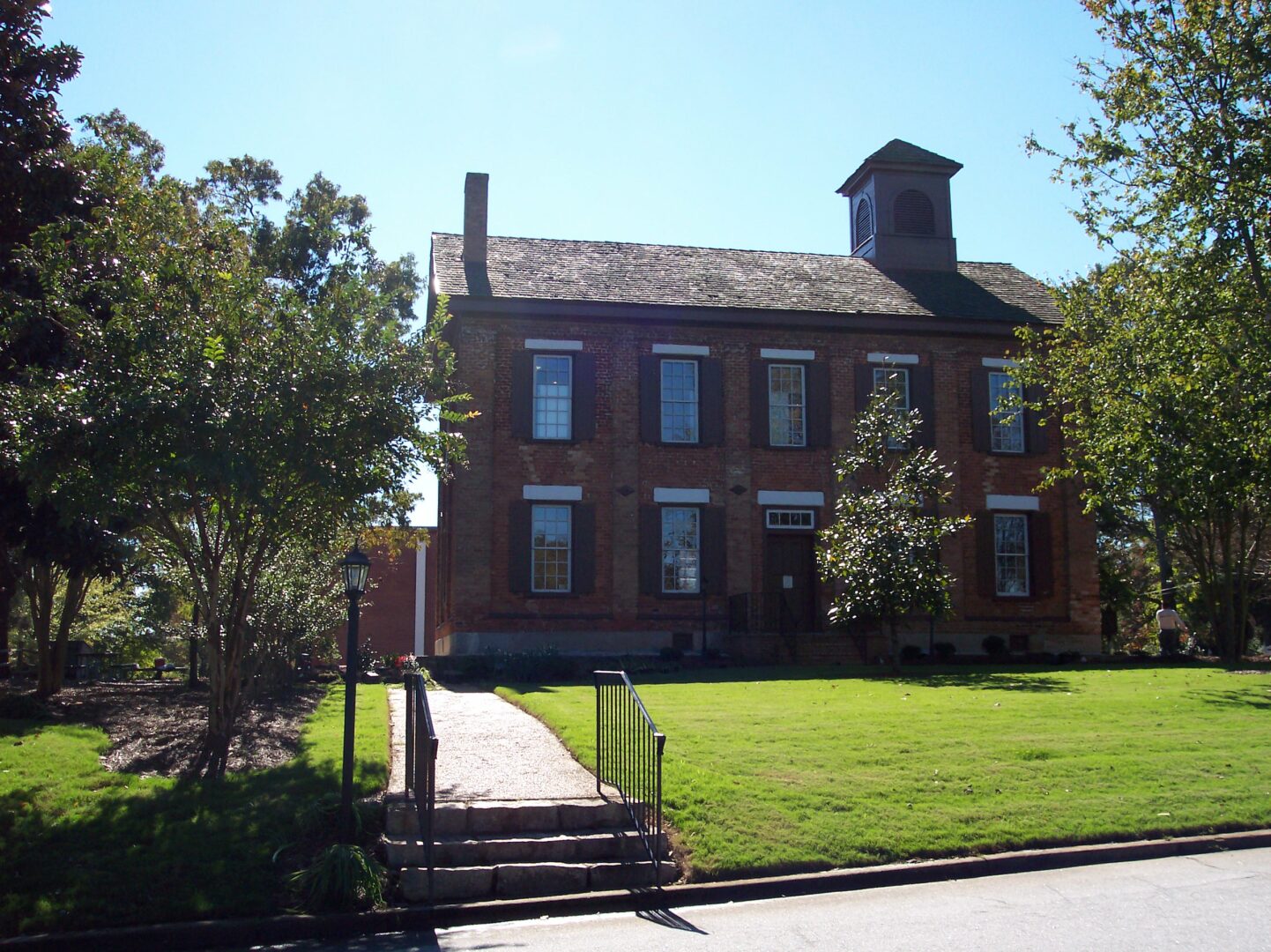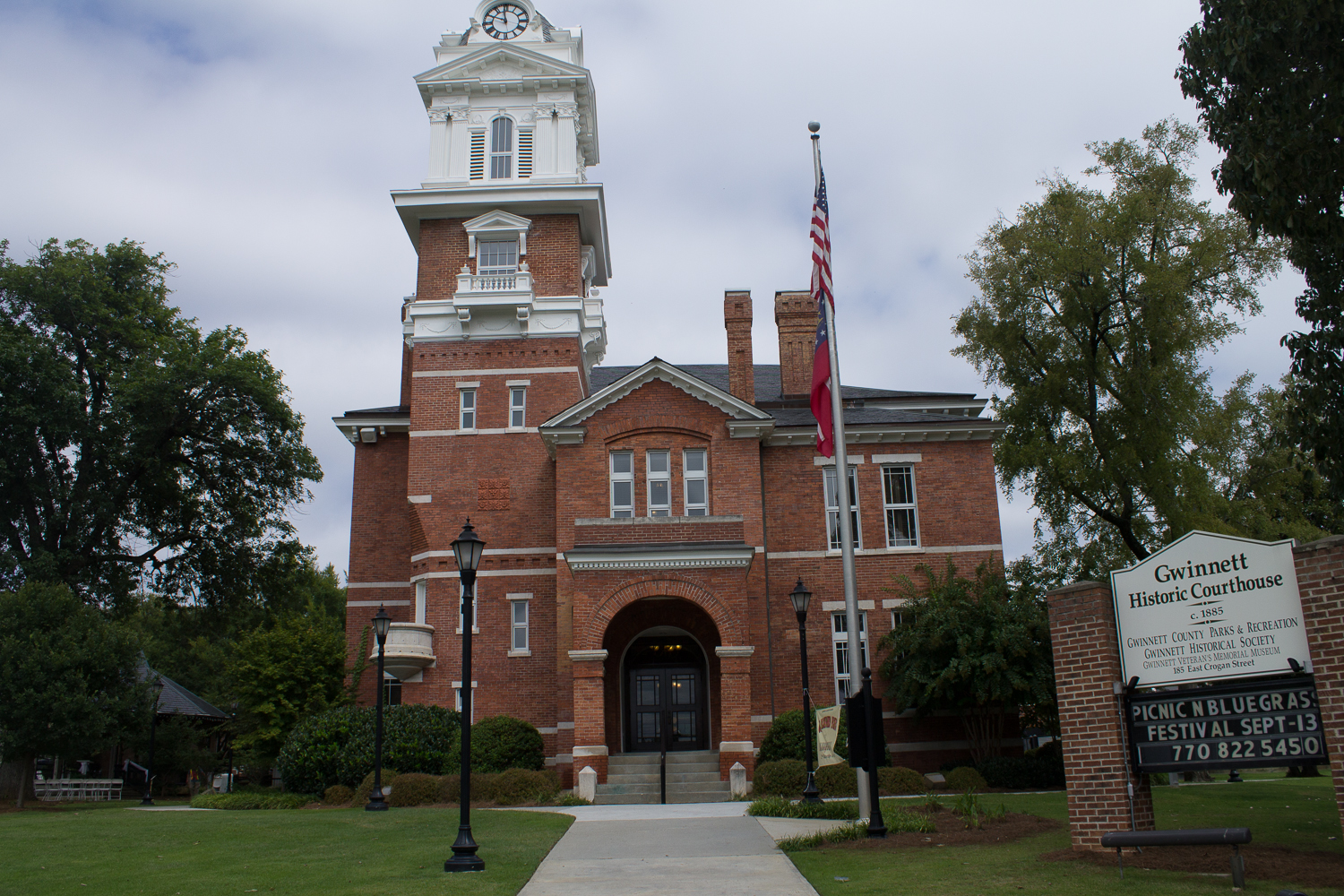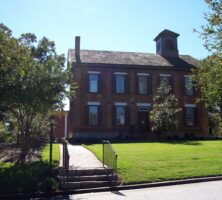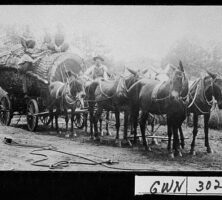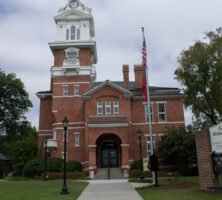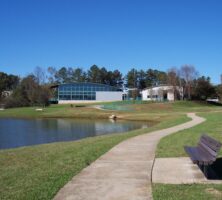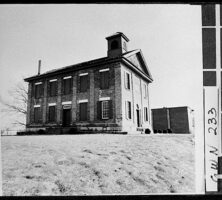Lawrenceville is the seat of Gwinnett County, one of the fastest-growing in the United States. The city is thirty-one miles northeast of Atlanta, with an area of thirteen square miles.
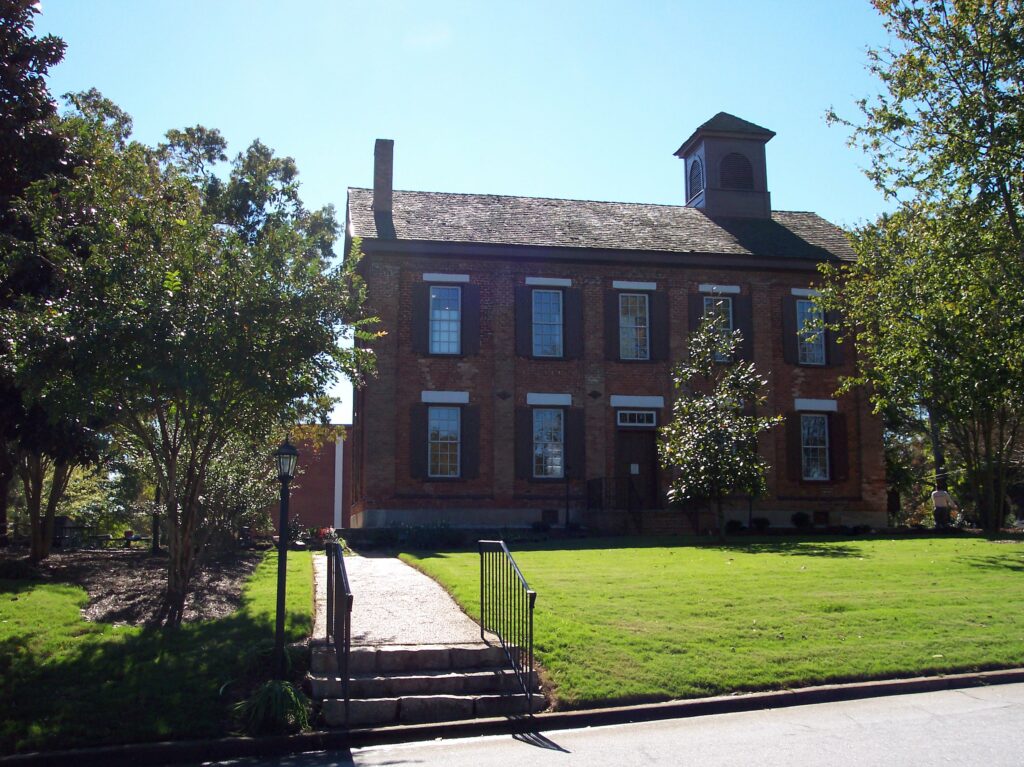
History
Gwinnett County, once Creek Indian territory, was created in 1818, before the land had been surveyed and distributed in a land lottery. When the lottery was held in 1820, county officials chose a site near the geographic center of the county for the seat, and Elisha Winn, an inferior court judge, traveled to Milledgeville, then the state capital, to buy the 250-acre property for $200. The town was named for Captain James Lawrence, a naval hero of the War of 1812.
Lawrenceville, the county’s oldest city, grew rapidly. The area was mostly agricultural, and businesses in the city catered to the farming community. The first church built in town was Fairview Presbyterian, organized in 1823. In 1824 Lawrenceville Academy, the first known school, was organized. The Lawrenceville Female Seminary was incorporated by the state legislature in 1837, and the present building, constructed circa 1855, now houses the Gwinnett History Museum. Located on South Perry Street, it is the oldest building in Lawrenceville. The old courthouse, designed by architect Edmund G. Lind, was constructed on the town square in 1885. Gwinnett County restored the building in 1992, and it is now used for special events. A monument on the courthouse lawn commemorates the deaths of eight citizens, including a lawyer from Lawrenceville, who were killed by Creek Indians during the Second Seminole War in 1836.
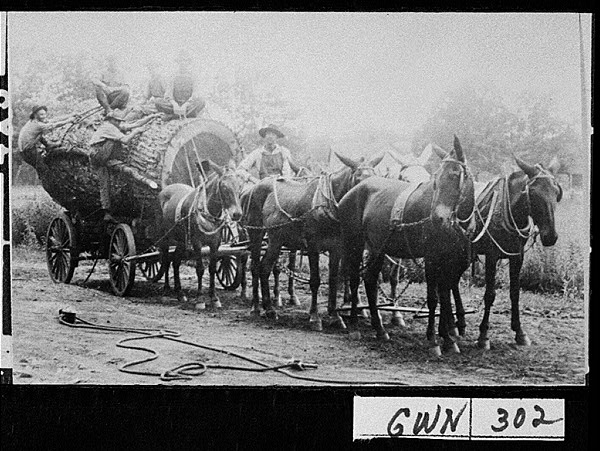
Two trials held in Lawrenceville 147 years apart made national headlines. On September 15, 1831, eleven missionaries were tried for illegal residence in the Cherokee Nation as part of the state’s attempt to wrest the land from the Cherokees. The case eventually made its way to the Supreme Court as Worcester v. Georgia (1832). In 1978 Larry Flynt, a publisher of adult magazines, was on trial for obscenity. While walking back to the courthouse after lunch, he was shot by Joseph Paul Franklin, a serial killer, and left paralyzed from the waist down.
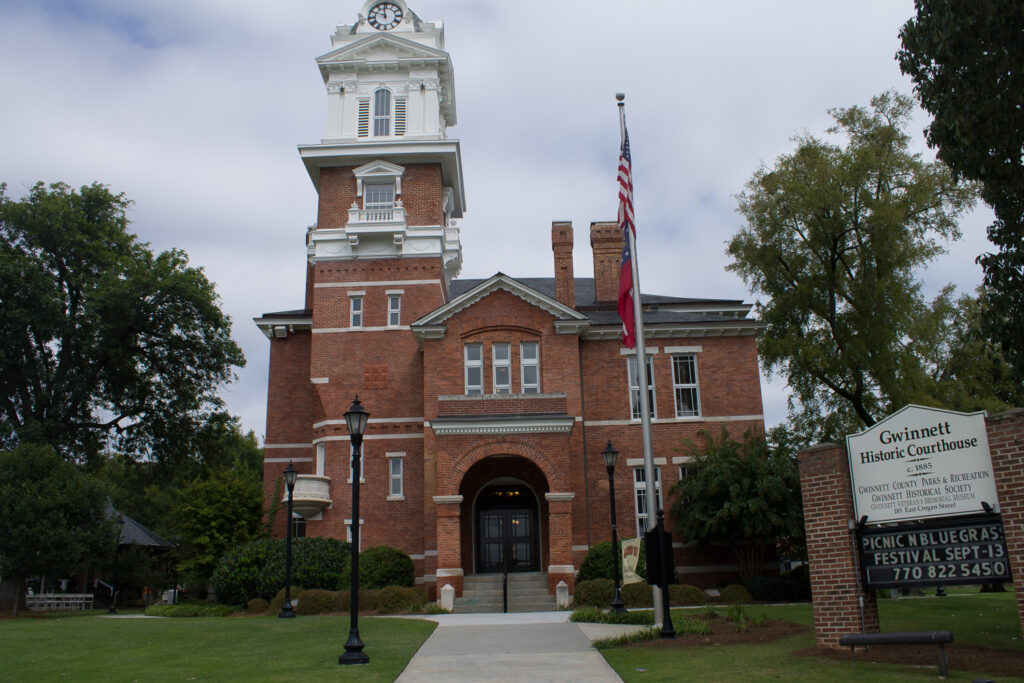
Lawrenceville saw no battles during the Civil War (1861-65), although Union forces did send foraging parties into the area. These forces burned the cotton mill, a major employer of townspeople. The economy was in a shambles, and the business climate looked rather bleak for the county seat.
In 1871 the Southern Railway was constructed through the northwest section of Gwinnett County. New business followed the rail lines, and soon new towns such as Buford and Norcross were thriving. A Lawrenceville attorney, T. M. Peeples, who was also editor and publisher of the Gwinnett Herald newspaper, started a drive to connect Lawrenceville to this new rail line. The Lawrenceville Branch Railroad, which connected to the Southern Railway at Suwanee, opened for business in 1881, and the city began to grow again. With the building of the Seaboard Air Line railroad in 1891-92, Lawrenceville had excellent transportation connections to the rest of the country. A branch line of the Seaboard, constructed in 1898, connected Lawrenceville with Loganville.
The city grew slowly until the 1970s, when a boom in metropolitan Atlanta’s growth spurred the growth of Lawrenceville and Gwinnett. Lawrenceville’s population was 8,928 in 1980, and by 1990 it had nearly doubled to 17,250. According to the 2020 U.S. census, the population was 30,629.
Industry, Education, and Recreation
Today a broad mix of companies, from the huge Georgia-Pacific distribution center to the Raco Industrial Park, with dozens of warehouses and light industries, provide employment for thousands. The downtown area around the old courthouse was revitalized in the late 1990s and early twenty-first century. The largest hospital in the area, the 224-bed Gwinnett Medical Center, is located in Lawrenceville. About two miles east of the hospital is Briscoe Field, the Gwinnett County Airport, which is the third busiest airport in Georgia. It handles light general aviation and most corporate jets. Three flight schools also operate at Briscoe.
Lawrenceville had its own public school system at one time, created by an act of the state legislature in 1893. Today Gwinnett County Public Schools serve the students of the city. The Gwinnett University Center (GUC) opened in January 2002, with an initial enrollment of 5,000 students. Fall 2004 enrollment was well over 8,000. Located on 177 acres of land at the intersection of Collins Hill Road and State Road 316, the GUC offered degrees from the University of Georgia, Georgia State University Perimeter College, Southern Polytechnic State University (later Kennesaw State University), and the Medical College of Georgia (later Georgia Health Sciences University). In 2005 the Board of Regents authorized the transition of the GUC to Georgia Gwinnett College, the thirty-sixth institution of the University System of Georgia. The city is also home to Gwinnett Technical College, administered by the Technical College System of Georgia.
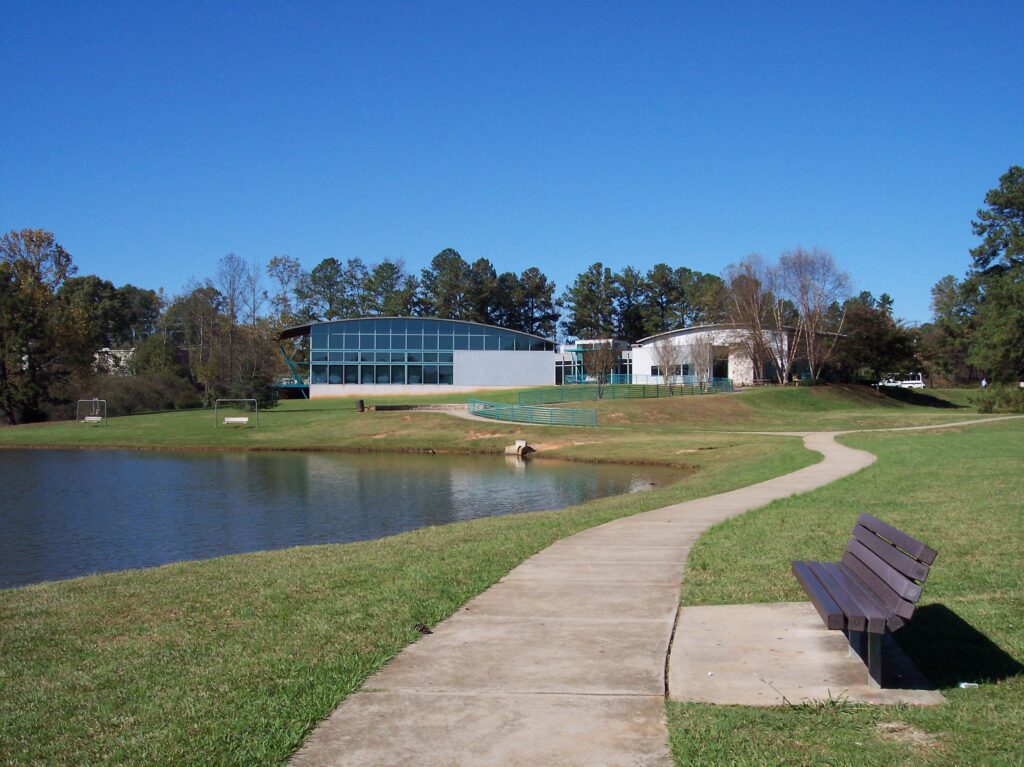
Lawrenceville has two parks within the city limits. Rhodes Jordan Park comprises 162 acres, with an aquatic center, ball fields, and a senior citizens center. Tennis courts, picnic pavilions, and a walking trail that skirts the twenty-two-acre fishing lake make it one of the area’s most used parks. City Park West is smaller, and includes ball fields and a gymnasium.


